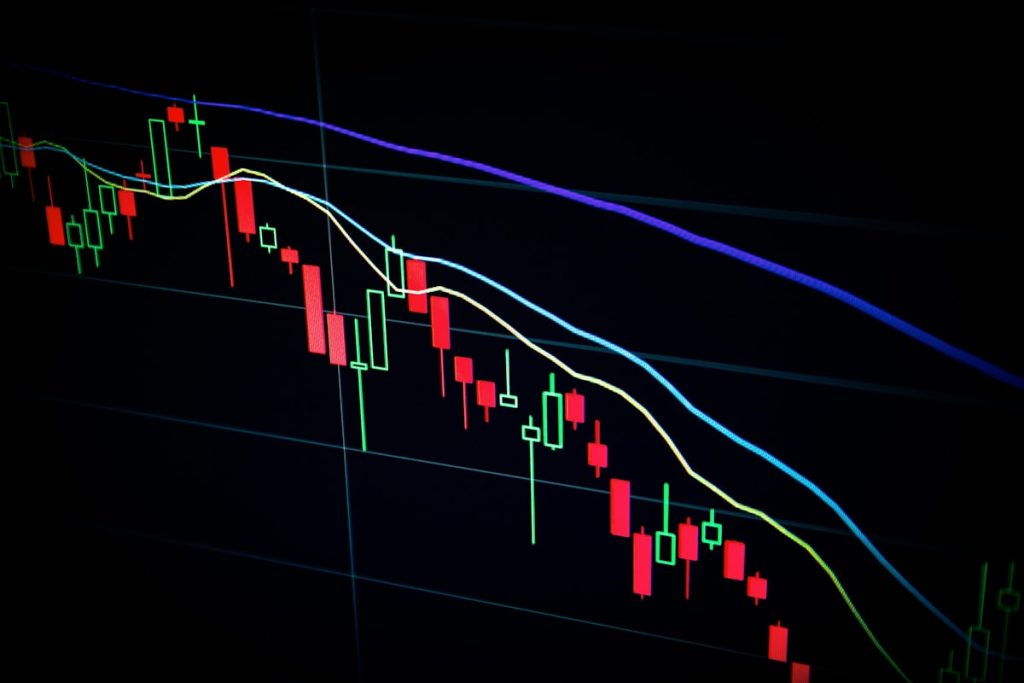Stocks Close Lower After Trump’s New Tariffs and a Weak Jobs Report
Wall Street ended the session in the red on Tuesday, with the major indices slipping amid two back‑to‑back blows to investor confidence: President Donald Trump’s announcement of new tariffs on a slate of imported goods and the release of a disappointing jobs report for June. The Dow Jones Industrial Average fell 1.2 %, the S&P 500 dropped 1.4 %, and the Nasdaq Composite slipped 1.6 %.
Tariff Shockwaves
In a surprise move, the White House said it would impose an additional 25 % tariff on steel and aluminum imports from Canada, Mexico, and the European Union, effective in 90 days. The administration also signaled intent to raise duties on a range of consumer electronics, automotive parts, and agricultural products. Traders quickly priced in higher input costs for manufacturers and a potential slowdown in cross‑border trade.
- Industrial sector: Shares of steel producers such as U.S. Steel (X) and Nucor (NUE) rallied, but their gains were offset by concerns that retaliatory measures could erode export demand.
- Automakers: General Motors (GM) and Ford (F) saw their stock prices dip as higher component costs threatened profit margins.
- Technology: Companies reliant on imported semiconductors, including Intel (INTC) and NVIDIA (NVDA), fell after analysts warned of tighter supply chains.
Weak Jobs Data Adds to the Drag
The Labor Department reported that non‑farm payrolls increased by just 150,000 jobs in June, far below the 200,000‑plus pace economists had expected. The unemployment rate ticked up to 5.1 %, and the average hourly earnings grew only 0.2 % month‑over‑month. The lackluster numbers suggest that the economy is still feeling the aftershocks of the COVID‑19 recovery and may be more vulnerable to policy‑driven headwinds.
Investors interpreted the jobs report as a signal that the Federal Reserve might keep interest rates lower for longer, but the simultaneous tariff escalation created a “policy clash” that left markets uncertain. The yield curve flattened, with the 10‑year Treasury yield dipping to 3.2 % while the two‑year note stayed near 4.0 %.
Market Sentiment and Outlook
Market sentiment turned decidedly risk‑averse. The CBOE Volatility Index (VIX) climbed to 22.8, its highest level in three weeks, reflecting heightened anxiety over the twin shocks. Analysts at major banks downgraded their near‑term outlook for equities, citing “increased geopolitical risk” and “soft labor market momentum.”
Nevertheless, some investors see opportunities in defensive sectors. Utilities and consumer staples, led by companies like Duke Energy (DUK) and Procter & Gamble (PG), posted modest gains as investors rotated into assets perceived as less sensitive to trade policy.
What to Watch Next
Going forward, traders will be monitoring three key variables:
- Tariff implementation timeline: Any delay or amendment to the tariff schedule could provide relief to import‑heavy industries.
- Federal Reserve commentary: Signals about future rate moves will affect the cost of capital for growth‑oriented stocks.
- Upcoming economic releases: The next set of manufacturing PMI data and the August jobs report will help gauge whether the labor market slowdown is temporary or structural.
For now, the market’s reaction underscores how quickly policy shifts can reshape the risk‑reward landscape. Investors are likely to stay cautious until there is clearer guidance on the tariff trajectory and more robust evidence that the employment recovery is back on track.



